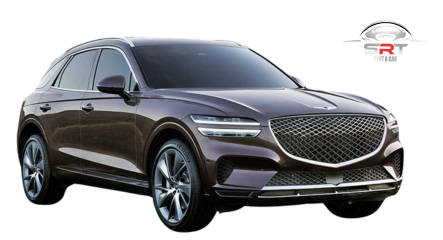
Cars have long been more than just a means of transportation. They are a reflection of our society's values, technological progress, and aesthetics. Over the years, car design has evolved significantly, transforming these machines from simple modes of transport into complex works of art that blend form and function seamlessly. In this post, we'll delve into the captivating world of car design and explore how it has evolved and continues to shape our automotive landscape.
-
Classic Elegance: The early days of car design were marked by simplicity and functionality. Classic cars from the early 20th century, like the Rolls-Royce Phantom and the Ford Model A, are timeless examples of elegant design. These vehicles emphasized graceful curves, high-quality materials, and attention to detail. They were as much about making a statement as they were about getting from point A to B.
-
Streamlining for Speed: As cars gained popularity and speed became a desirable feature, designers began to focus on aerodynamics. The 1930s saw the emergence of streamlined designs, exemplified by cars like the Bugatti Type 57 and the Duesenberg Model J. These cars showcased a fusion of artistry and engineering, with sleek, flowing lines that reduced air resistance and allowed for faster speeds.
-
Mid-Century Modernism: The mid-20th century brought about a shift towards modernism in car design. Brands like Chevrolet, Cadillac, and Chrysler embraced the use of chrome, bold fins, and a space-age aesthetic. These cars represented the optimism and innovation of the post-war era. Think of the 1957 Chevrolet Bel Air or the Cadillac Eldorado with its distinctive tailfins.
-
The Era of Muscle Cars: The 1960s and '70s ushered in the era of muscle cars. These vehicles were all about power and performance, and their designs reflected this with aggressive lines and bold graphics. Iconic cars like the Ford Mustang, Chevrolet Camaro, and Dodge Challenger became synonymous with American muscle car culture.
-
Minimalism and Efficiency: The energy crisis of the 1970s shifted priorities in car design towards fuel efficiency. Smaller, more compact cars with minimalist designs became popular. Think of the Volkswagen Beetle, which combined functionality with a simple and iconic design. Japanese carmakers like Toyota and Honda also gained prominence with their efficient and practical designs.
-
Modern Fusion of Form and Function: Today's car design is a blend of cutting-edge technology, sustainability, and aesthetic appeal. Automakers focus on aerodynamics for efficiency, safety features for protection, and advanced materials for sustainability. Electric vehicles, with their minimalist exteriors and high-tech interiors, exemplify this fusion of form and function.
Conclusion: The evolution of car design is a fascinating journey through time, reflecting not only technological advancements but also societal values and aspirations. From classic elegance to streamlined speed, mid-century modernism to the muscle car era, and the contemporary fusion of form and function, car design continues to captivate us. As we move towards a more sustainable and connected automotive future, car design will undoubtedly play a pivotal role in shaping our perceptions and expectations of these remarkable machines.